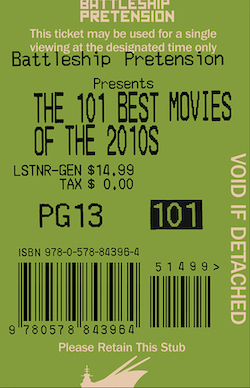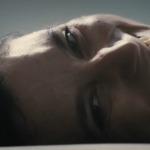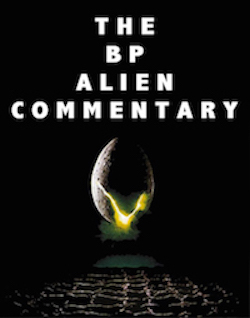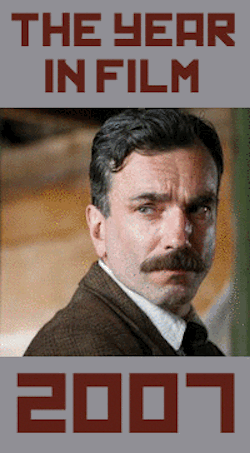Wolf: Toothless, by Tyler Smith

Allegory can be a tricky thing. For it to be most effective, the allegory requires a firm handle on the specific story being told and an even firmer handle on the one being suggested. The most effective allegories are those that draw from society’s collective understanding of what is and isn’t acceptable and ask us to apply that understanding to subjects that might not at first appear so black and white.
Arthur Miller did this beautifully with his masterful play The Crucible, which used a part of United States history that was universally agreed upon to be shameful – the Salem Witch Trials – as a means of condemning the McCarthy Era. It was most effective precisely because nobody could possibly defend the literal witch hunts in the play, and Miller used that certainty to guide his audience’s opinions towards something more ambiguous. With her new film Wolf, director Nathalie Biancheri tries to use allegory to explore modern conversations about sexuality and identity. The intention is noble, but in her attempt to tell an abstract narrative, her message gets muddled and the film begins to lose its meaning.
The story involves a young man named Jacob (George MacKay) who believes that he is a wolf trapped in the body of a human. He is sent to a facility that specializes in young people who think they are animals, run by the sadistic Dr. Mann (Paddy Considine). This facility promises a cure through unconventional and often cruel means. As Jacob fights against his instincts, he meets a young woman (Lily-Rose Depp) who thinks she is a wildcat. These two kindred spirits offer support and acceptance of one another and a romance begins to blossom.
The quiet patience with which Biancheri tells her story is commendable, and we really get a sense of this facility and the other patients, including a defiant would-be parrot (Lola Petticrew) and an energetic young man who believes himself to be a German Shepherd (Fionn O’Shea). These scenes of curious, non-judgmental observance are the best in the film, drawing us into an unusual and often sad world.
And it is this sadness that suggests the film’s thematic intentions. Almost immediately, we get a strong sense that this high concept story is meant to stand in for sexual fluidity and transgender identity, with the facility itself taking on the characteristics of gay conversion therapy. We see how serene the patients are when left to themselves – barking, climbing, and playing – and how miserable they are made when forced to be human. We are meant to sympathize with them and desire that they just be left alone.
This is where the allegory begins to break down, despite the best efforts of a talented young cast. While I was absolutely repulsed by the treatments of Dr. Mann (whose name is difficult to consider without rolling my eyes), I still saw these patients as genuinely mentally ill and desperately in need of some kind of therapy. The tone of the film clearly implies that I should want these kids to be left to live out their fantasies as animals and, try as I might, I just couldn’t. And since the film relies upon acceptance of its premise for its thematic power, a lack of acceptance could actually wind up hurting its message, to such an extent that some might even see the analogy itself as insulting.
In fact, the only way the film could possibly sell its story is to rely upon the viewer’s existing acceptance of transgender people and rejection of gay conversion therapy to create sympathy for its characters. In other words, the film is using its message to communicate its allegory, which is the exact opposite of how a film like this should operate. This structural confusion begins to affect the narrative itself, with even thematic consistency falling away and only the director’s audacity remaining.
Wolf is a well-meaning experiment, but one that ultimately fails due to the otherwise-talented director’s shaky understanding of metaphor and allegory. And when attempting to discuss a subject as vital as sexual identity in an abstract way, that abstraction has to be firmly in place, with both the audience and the artist in perfect sync, lest its meaning eventually evaporate. This is a film that slowly dissolves right before our eyes, and even the best of directorial intentions can’t keep it together.




























